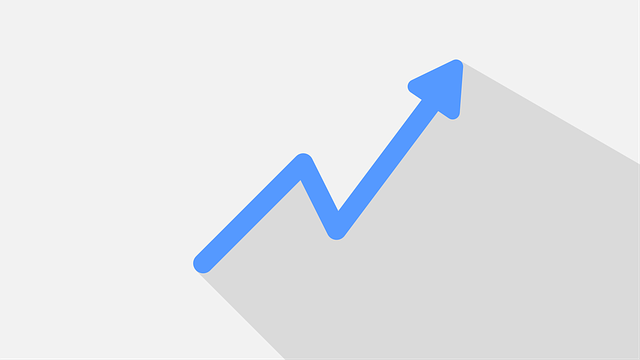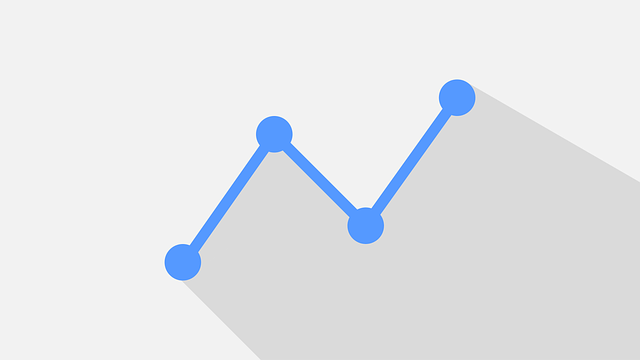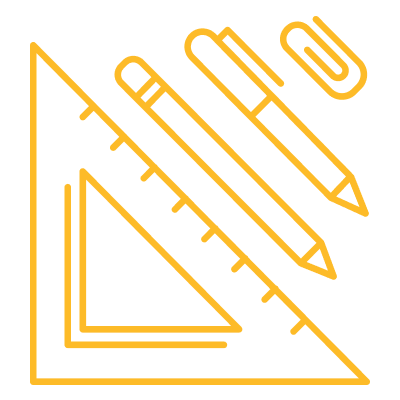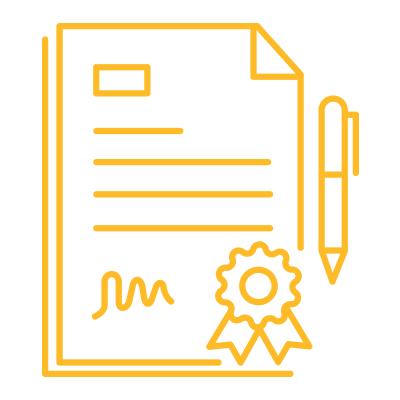Quantitative trading, also known as quant trading, is a systematic method of analyzing securities’ price changes by leveraging advanced mathematical models and programming. This approach relies on data, including price and volume, to inform its analysis. Traditionally, quant trading was the exclusive domain of professional investors at firms, but it is increasingly gaining popularity among retail investors. The appeal of quant trading lies in its logical and objective nature, which eliminates the risk of subjective factors, such as emotions, influencing investment decisions.
Quant Trading Right for You?
While quant trading may seem like a straightforward approach, it is, in reality, a complex and demanding field that requires advanced mathematical knowledge, programming skills, and a deep understanding of markets. Professional quant traders typically hold advanced degrees in quantitative fields such as mathematics, computer science, or finance.
However, as a retail investor, there is no specific educational requirement to get started with quant trading. That being said, if you lack advanced quantitative skills, be prepared to face a steep learning curve. Despite the challenges, quant trading remains an attractive option due to its ability to process vast amounts of data and execute trades with a speed and efficiency that surpasses human capabilities. Ultimately, it is essential to weigh the pros and cons and decide whether investing time and effort into acquiring this advanced knowledge is worth it for you as a retail investor.
- Quantitative Trading Strategies
- Momentum Investing
- Trend Following
- Mean Reversion
- Statistical Arbitrage
- Algorithmic Pattern Recognition
- Sentiment Analysis
- Anomaly Trading (Christmas)
- Vestigial System

Understanding Quantitative Trading: A Data-Driven Approach
Quantitative traders harness the power of modern technology, advanced mathematics, and extensive databases to make informed, rational trading decisions. By combining these elements, they create and implement sophisticated models that drive their trading strategies.
The process begins with the development of a mathematical model, which is then translated into a computer program. This program is applied to historical market data, allowing the model to be backtested and optimized. If the results are favorable, the system is deployed in real-time markets with actual capital.
To illustrate how quantitative trading models work, consider a weather forecasting analogy. Imagine a meteorologist predicting a 90% chance of rain on a sunny day. This seemingly counterintuitive forecast is derived from a thorough analysis of climate data collected from sensors throughout the area. By applying computerized quantitative analysis, the meteorologist identifies specific patterns in the data. When these patterns are compared to historical climate data (backtesting) and yield a 90% correlation with rain, the meteorologist can confidently make the forecast. Quantitative traders employ a similar process in the financial markets, leveraging data-driven insights to inform their trading decisions.
- All
- Futures
- Options






